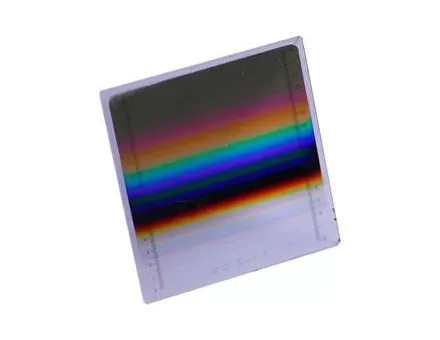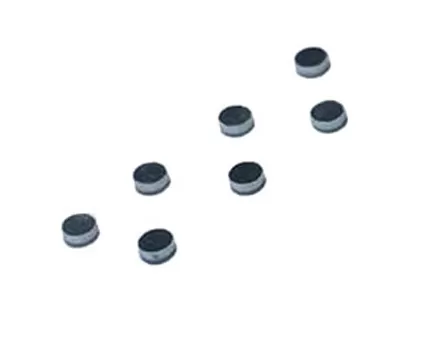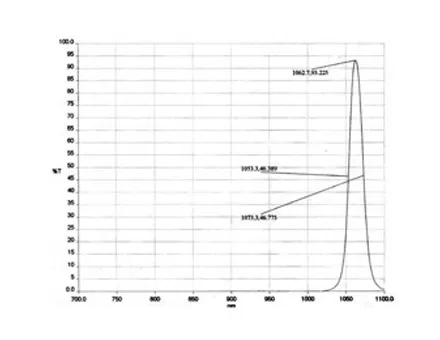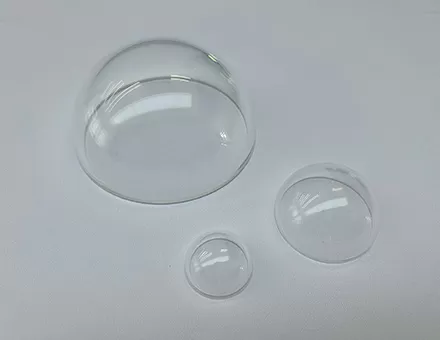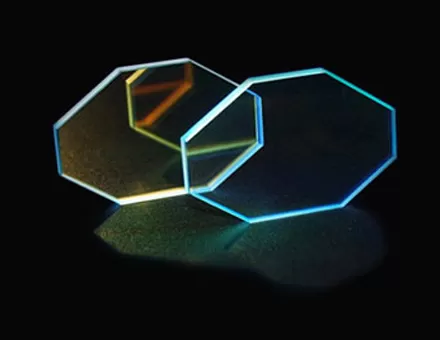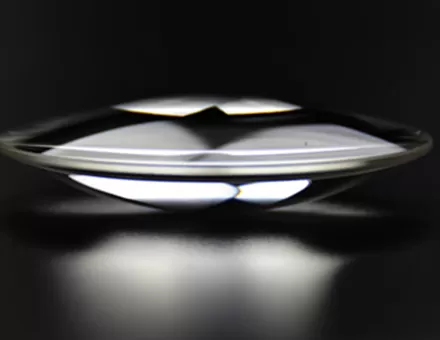There must be many friends who will be very curious about what other filters can do. Especially the new photographers who have just entered the pit may be very unfamiliar with the use of filters, and those who want to play more photography are likely to come into contact with filters. Faced with a dazzling array of filter products, do you know that they are all what are some functions.
(1) Protective mirror, suitable for: all themes, function: anti-fouling, anti-scratch, and play a certain moisture-proof effect.
(2) UV filter, applicable to all themes, function: UV mirror is also called ultraviolet filter, which can effectively filter out ultraviolet rays to improve the clarity of photos and provide more realistic and gorgeous pictures. At the same time, UV optical filters can also play a role in to a certain degree of protection.
(3) Polarizer, suitable for: all themes, function: eliminate specular reflection, enhance contrast and color. Darken the sky, express blue sky and white clouds, and reduce the shutter speed. In the market, there are two specifications: wired bias and round bias, the former is rarely used.
(4) ND medium density filter, suitable for: landscape photography, function: reduce the shutter speed, prevent overexposure, suitable for shooting long exposure works in the daytime with strong light.
(5) Hard-edged GND medium gray gradient mirror, suitable for: landscape photography, function: reduce the brightness of the sky, balance the exposure of the sky, the ground, and the ocean. Generally speaking, the hard-edged neutral gray gradient mirror has a relatively obvious separation line, which is suitable for shooting subjects with a clear horizon.
(6) Soft-edged GND medium-gray gradient mirror, suitable for: landscape photography, function: soft-edged medium-gray gradient mirror is easier to control, and the light and dark gradient lines are not obvious. This optical filters are suitable for shooting mountains. The transition is not very average, sharp condition.
(7) RGND reverse neutral gray gradient filter, suitable for: landscape photography, function: different from GND gradient neutral gray filter, the reverse gradient filter is the darker the more the middle, which can effectively block the highlight objects in the center of the screen, balance Exposure of top and bottom and middle parts.
(8) Color filter, applicable to all themes, function: to change the color of the picture, but due to the powerful post-production space of digital photos, this kind of optical filter is rare.
(9) Cool and warm filters, applicable to all themes, function: correct the color performance, or change the atmosphere of the photo by changing the white balance.
(10) Close-up lens, suitable for: macro photography, function: shorten the focusing distance of the lens and enlarge the object to be photographed.
(11) Black and white filter, applicable to all themes, function: Black and white filters are generally divided into four colors: yellow, green, orange, and red, which can absorb light of different wavelengths, thereby presenting black and white photos with different effects. The yellow filter can highlight the contrast of blue shadows and the blue sky and white clouds; the green filter can make outdoor portraits not too pale; the orange filter is suitable for shooting sunrises and sunsets, and the tones are bright; the red filter will deepen the blue sky and sea tones and increase the contrast.
In general, optical filters can help you protect your lens, change the light, block reflections, and enhance color, but remember that filters are not like sunglasses, use them in the wrong situation or use poor quality ones. Filters will reduce the quality of photos, so when buying filters, you must pay attention to distinguish, choose good quality, and buy according to your own needs.


















 EN
EN
